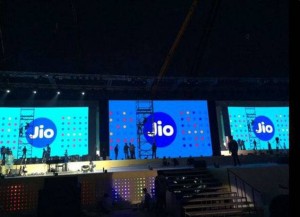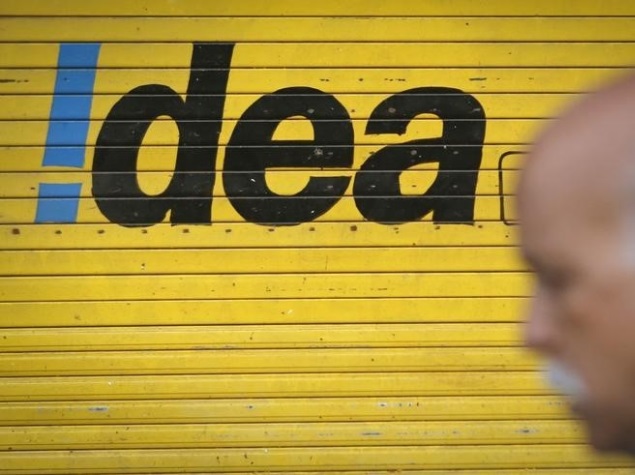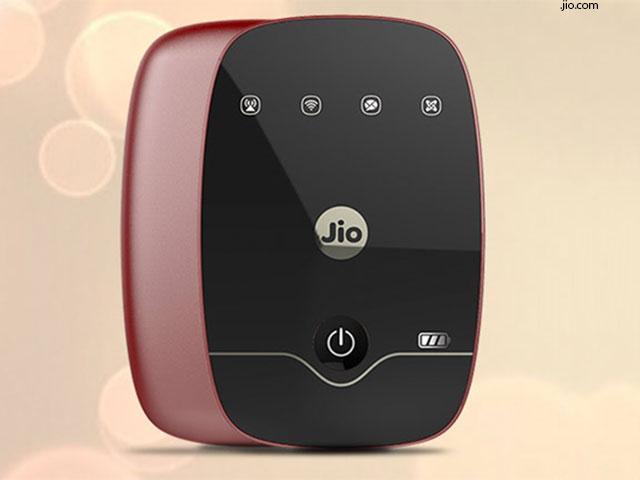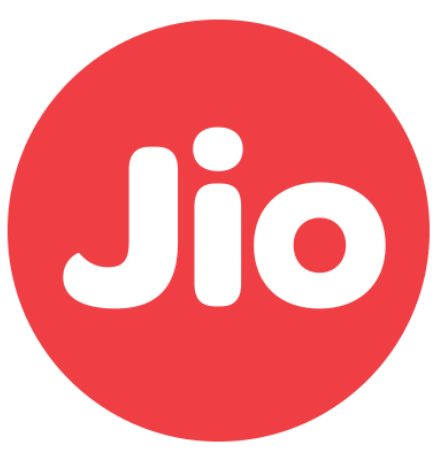3 mins read
Reliance Jio’s big plan to capture over 50% of India’s mobile market in 3-4 years
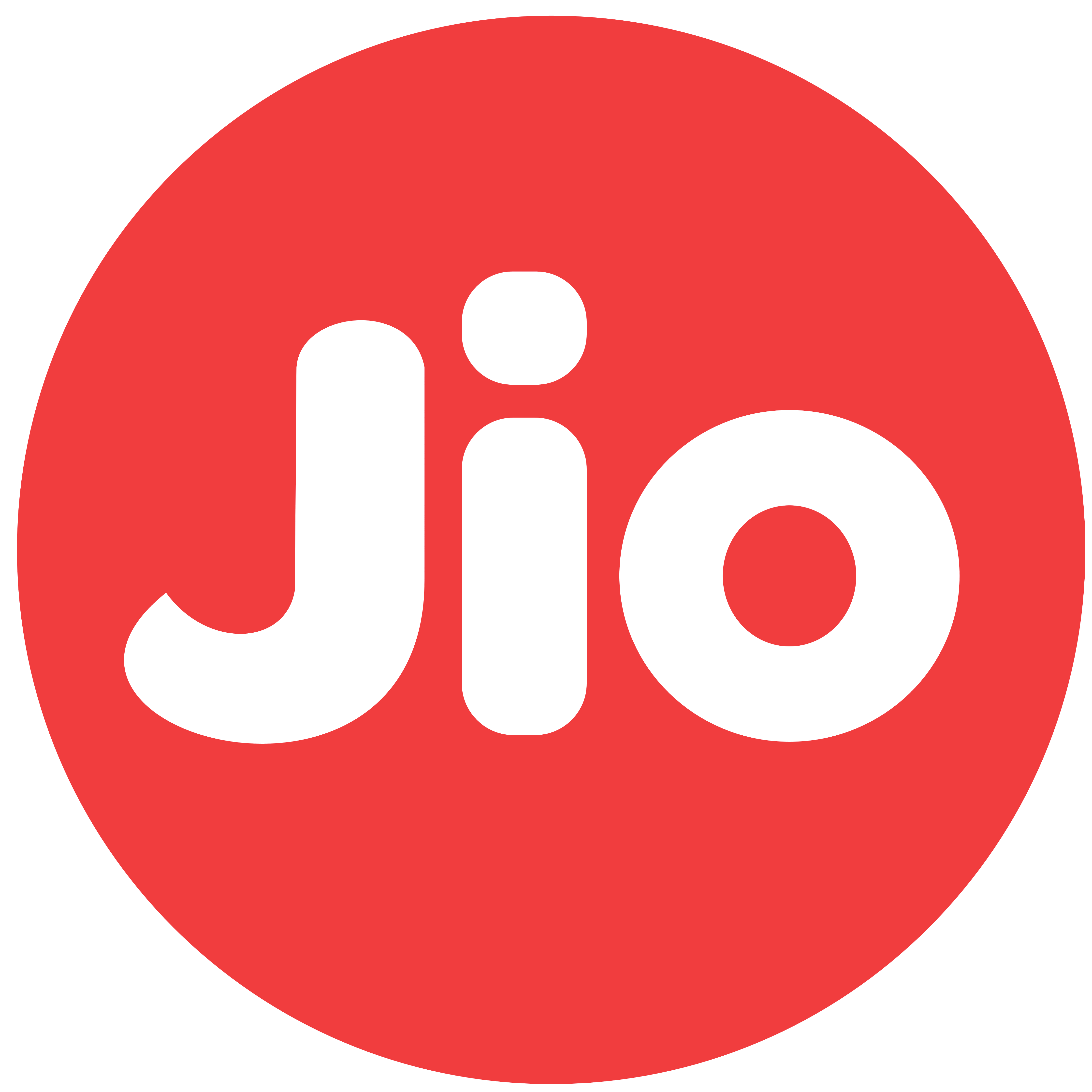
Tags:
- Airtel files another complaint against Reliance Jio
- Ericsson deploys service solution for Reliance Jio
- Reliance Jio launches 'Locate My Device’ service
- Reliance Jio launches ‘JioHealthHub’ app for users
- Reliance Jio offers additional data to Prime users
- This message from Reliance Jio is a hoax
- Trai's notice on ‘free services’: Reliance Jio seeks deadline extensi...




